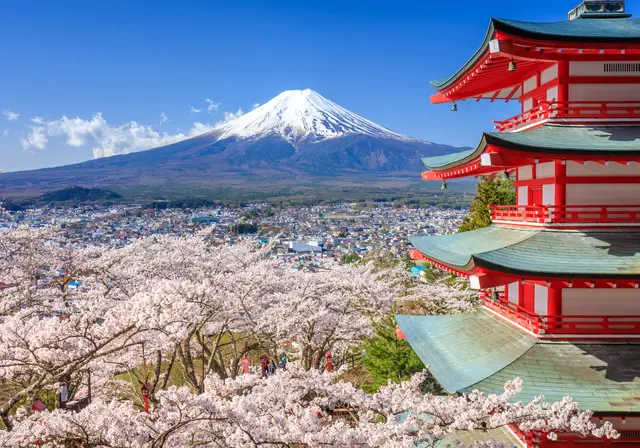A Visitor’s Guide To Hanami Etiquette And Local Delicacies Under Tokyo’s Sakura Trees
Tokyo, Japan, transforms each spring into a canvas of delicate pink and white as cherry blossoms, or *sakura*, reach their peak bloom. This fleeting spectacle, deeply rooted in Japanese culture, draws both locals and visitors to partake in *hanami*—the centuries-old tradition of cherishing the transient beauty of flowers. While the allure of picnicking beneath the blossoms is undeniable, understanding the customs and culinary practices associated with hanami ensures a respectful and enriching experience.
Securing a prime spot beneath the sakura requires foresight, as popular locations like Ueno Park or Chidorigafuchi Canal attract crowds early in the day. Arriving by mid-morning is advisable, though some devoted enthusiasts stake out spaces at dawn. Once settled, etiquette dictates the use of a ground tarp or mat to protect both the site and the delicate root systems of the trees. While gatherings are often lively, maintaining a respectful noise level preserves the serene atmosphere for all. Celebrations typically conclude by early evening, aligning with local ordinances and the cultural emphasis on moderation. Cleanliness is paramount; visitors are expected to remove all waste, as public bins are scarce, reflecting Japan’s commitment to environmental stewardship. Above all, physical interaction with the blossoms—such as shaking branches or picking flowers—is discouraged, honoring the principle of appreciating nature without altering it.
Complementing these cultural practices, hanami is inseparable from the enjoyment of seasonal delicacies. Street vendors and nearby shops offer an array of sakura-themed treats, blending tradition with portability. *Sakura mochi*, a pink rice cake wrapped in a pickled cherry leaf, balances sweet and savory notes, while tri-colored *hanami dango* (skewered rice dumplings) symbolize the transition from winter to spring. For heartier fare, *bento* boxes filled with sushi, tamagoyaki (rolled omelet), and teriyaki chicken cater to communal sharing. Pair these with a warm cup of sakura-infused tea or a chilled sake, enjoyed discreetly in accordance with public drinking guidelines.
As daylight fades, the ambiance shifts with illuminated evening views of the blossoms, offering a quieter reflection of their beauty. This contrast between daytime festivity and nighttime tranquility underscores the dual nature of hanami—a celebration of life’s ephemeral joys rooted in mindfulness.
Understanding these traditions fosters a deeper connection to the ritual, transforming a simple picnic into an act of cultural participation. By observing etiquette and savoring seasonal flavors, visitors honor the spirit of hanami, ensuring the practice endures for generations. In doing so, one not only witnesses the splendor of Tokyo’s sakura but also becomes part of a timeless narrative, where respect for nature and community converge beneath the blossoms’ fleeting canopy.


